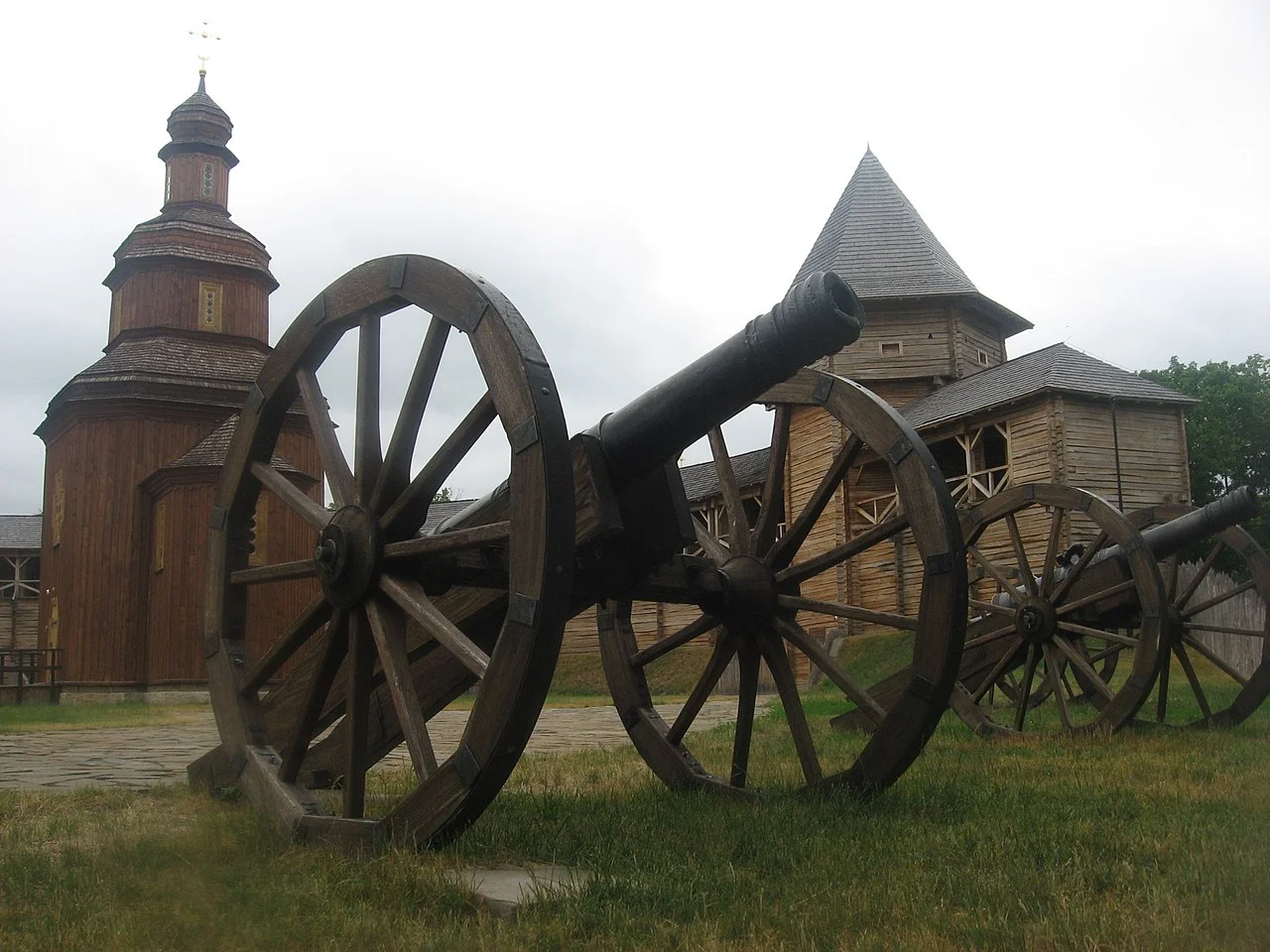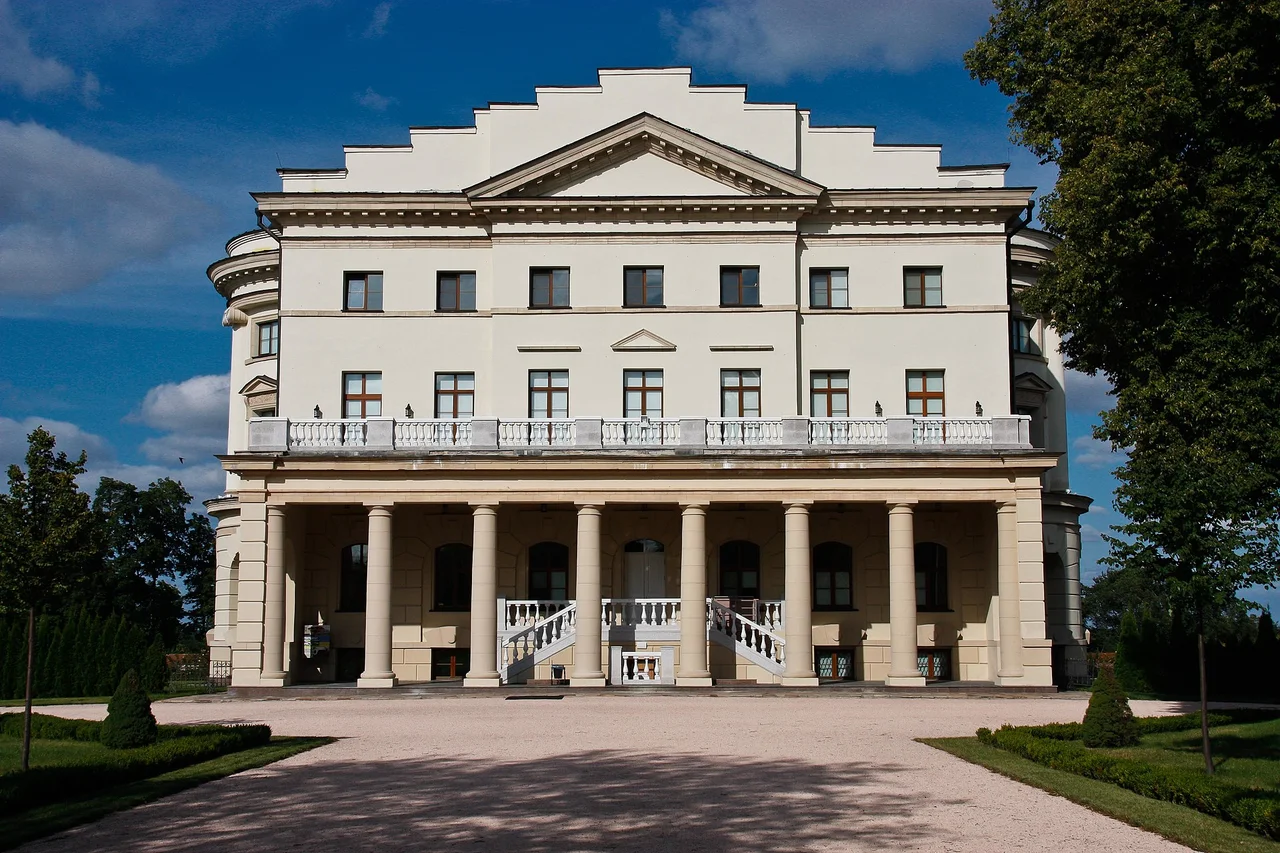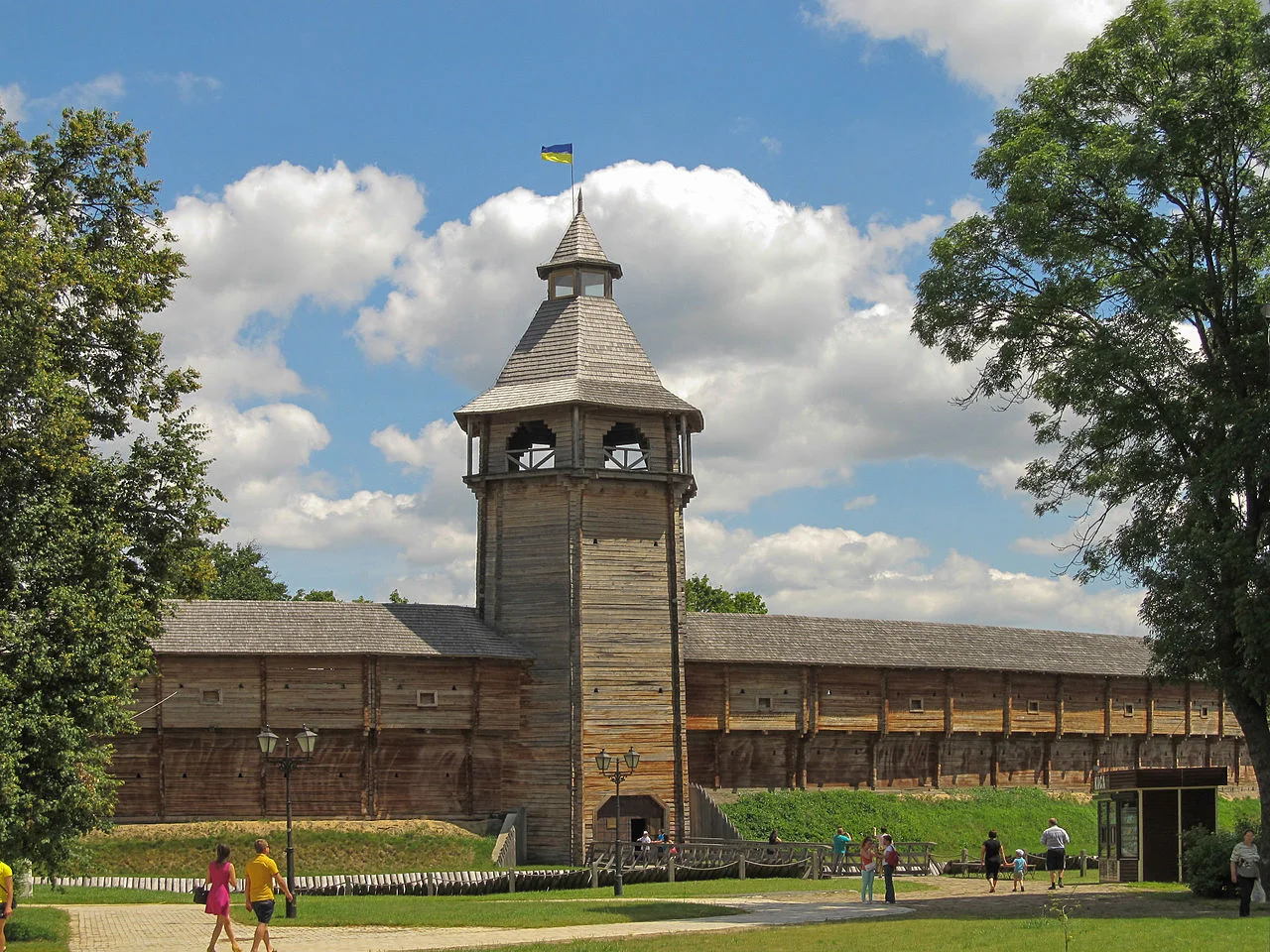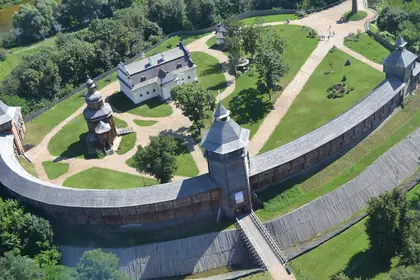The quiet, picturesque and very hospitable small town of Baturyn used to be on par with Kyiv three centuries ago, when it was the capital of Ukrainian hetmans.
“Hetmans’ Capital,” as the local history and culture preserve is named, comprises 39 unique sites and objects of history, architecture, archeology and wildlife. Historical research suggests Baturyn as a town is more than 900 years old. Granted the Magdeburg Rights in 1654, it emerged on the political arena in 1663, when Hetman Ivan Briukhovetsky and envoys from Moscow signed an agreement known as “the Baturyn Articles.”
JOIN US ON TELEGRAM
Follow our coverage of the war on the @Kyivpost_official.
Six years later, Hetman Demian Mnohohrishny made Baturyn his residence and built a big castle near the majestic wooden Church of Resurrection. For 9 years it was occupied by his successor Ivan Samoylovych and then, for 20 years, by Ivan Mazepa.
After Samoylovych was elected Hetman, Baturyn began to grow and develop very rapidly, and during the rule of his successor Ivan Mazepa it assumed a special status, becoming the political center of the Ukrainian state, seating the central administration – the General Military Chancellery and the General Court.
During Mazepa’s rule, the left-bank Ukrainian state improved and prospered, mostly owing to the absence of serfdom there, unlike in Russia, and to hardworking Ukrainian peasants who freely engaged in farming, increasing the country’s wealth.

Ukraine Forces Undergo Nuclear Forensics Training at US Laboratory
The name “Left-Bank Ukraine” commonly denoted the part of the country on the left (east) bank of the Dnipro River while most of the Ukrainian lands to the west, on the right bank, were divided among Poland, Lithuania and other kingdoms.
During that period, farming, crafts, trade and construction boomed. Mazepa, being very rich, donated huge sums to the construction of scores of churches and schools across the land. He also enlarged his capital, Baturyn. A lot of new stone and brick buildings rose in the town, the castle built by Mnohohrishny was reinforced, and a new earth wall was built on the town’s enlarged perimeter. The castle that stood on the hill overlooking the river Seym River had tall wooden towers connected by a high wooden wall surrounded by the earth wall and a deep ditch. It was Hetman Mazepa’s official residence, though he mostly lived in another, smaller castle in the suburb.
For almost half a century Baturyn was the country’s political, military and cultural center, but that period of political and religious flourishing was terminated by the Northern War of 1700-1721 between Russia and Sweden. During that war, Mazepa, trying to rid Ukraine of Moscow’s domination, sought the alliance and protection of the Swedish king Karl XII. In late October 1708, he met with Karl in the town of Novhorod-Siversky, 60 miles to the north. Roused to fury, Russian Tsar Peter the Great ordered his favorite, Prince Alexander Menshikov, who was in command of a large regiment, to seize and burn down Baturyn – to deprive the Ukrainian hetman of his rear stronghold.
In November 1708, Ivan Mazepa’s residence was stormed and seized by Russian troops and soon afterwards razed to the ground. Almost all the defenders and very many townspeople were slaughtered or burned alive.
The only building that miraculously survived that tragic fall was the General Court that had a secret underground passage to the Citadel through which, according to some historians, Menshikov’s troops broke into the town. Perhaps that was what spared the building.
There also remained seven cannons on the main rampart – all that was left of a wonderful collection of 300 trophy cannons which the Cossacks put up on the town walls for decoration. They still stand there as a mute reminder of the town’s glorious past.

 Hetman Kyrylo Razumovsky’s palace
Hetman Kyrylo Razumovsky’s palace
That was the time of active industrial development in Baturyn: in 1751, a brick factory began to operate there, with 450 hired workers producing 3.5 million bricks a year. There were 44 watermills on the river Seym, a tile factory, a textile mill, and timber works. The candle factory that opened in 1757 processed nearly 6.5 tons of wax a year. In 1760, Razumovsky planned to open a university in Baturyn, but his project never materialized.
In 1764, Russian Empress Catherine II decreed to abolish the Ukrainian hetmanate and Baturyn was no longer its administrative center. She hated to see Ukraine governed by hetmans and did her best and history’s worst to erase them and their deeds from the people’s memory.
In 1776, Razumovsky returned to Baturyn. He built the Church of Resurrection (where he was buried in 1803) and an exquisite palace on the bank of the Seym. The white three-story palace with two wings – a strikingly beautiful work of classical architecture – was designed by Charles Cameron, one of the leading European architects of that time. Each floor had its functional specialty, and the interiors were lavishly decorated with paintings and sculptures by renowned artists.
After Razumovsky died, the palace stood neglected for a long time, and in 1824 almost all of its interior was destroyed in a fire. There were several attempts to restore the palace, but none were successful.
After the 1917 Bolshevik coup, the building stood desolate for decades until a local museum opened in it in the 1970s.
In 2003, 12 years after Ukraine became independent, the government adopted a complex restoration and reconstruction program for the Hetmans’ Capital preserve and the Friends of Baturyn charitable fund was established. It was only then that large-scale reconstruction works began in the town.
These efforts “rejuvenated” the old town’s face, bringing back from oblivion historical monuments, masterpieces of architecture, and the legendary figures of Ukrainian leaders.
Baturyn can also boast a great work of Ukrainian folk art – the Rushnyk (Towel) of National Unity – kept in one of its nine museums.
An embroidered towel is one of the oldest and most important elements of Ukrainian culture, in which every stitch, line, color and symbol has its own meaning and message. Embroidered circles, crosses, triangles, rhombs and their combinations all have a symbolic value – often denoting the four elements of nature: fire, water, earth and air.
The Rushnyk of National Unity was embroidered by the best craftspeople during a nationwide action which started in 2007 and lasted almost a year.
Hand-woven from hemp in a west-Ukrainian village back in 1955, a single piece of cloth traveled in a kind of relay across the country and even overseas. After each village and town, some new embroidered ornaments typical of that particular area were added. Finally, a wonderful work of art was produced in 2008. And it is really unique: no other towel in the world has such a size – 30 feet long and 2.5 feet wide (about 9 by 0.75 meters); no other piece of embroidery has such beautiful ornaments so perfectly arranged in a colorful composition; and no other towel in the world has ever been embroidered by so many people – a total of 1,310, including 98 men and 86 children, from all regions of Ukraine as well as from Ukrainian communities in Poland, Moldova, Canada, and the United States. The youngest embroiderer was an 8-year-old girl and the oldest was an 84-year-old woman.
The central motif is an embroidered “Tree of Life” as a symbol of immortality and continuity of life in the past, present, and future. The Tree of Life has 27 flowers – the number of administrative centers. In the very center of the towel the masters embroidered a golden trident – the national emblem – set off with a wreath which in Ukrainian tradition symbolizes glory, power, victory and peace. Peace is what all Ukrainians are now longing and fighting for, while scores of towns like Baturyn lie in ruins amidst Russia’s brutal war against their country.
Unfortunately, 314 years after Muscovites plundered and burned down Baturyn, the Russian boot trampled it again. After several weeks of occupation, Russian troops were ousted from Ukraine’s northern regions in early April 2022. Their presence left deep, burning scars on this peaceful provincial town: dozens of destroyed or damaged houses and other buildings, broken and charred trees in the parks, craters on the streets, dozens of people still missing, and tears in the eyes of the survivors.
Russian missiles and shells still target this and other Ukrainian towns within their reach, but Baturyn is alive and thriving: buildings are being restored, new trees and flowers are being planted, and salvaged exhibits are returning to the local museums. After the war, there will surely be more exhibits – those featuring the heroic defense and liberation of Baturyn in 2022.
 Old fortifications, part of the Hetmans’ Capital national history and culture preserve, before the Russian invasion
Old fortifications, part of the Hetmans’ Capital national history and culture preserve, before the Russian invasion
You can also highlight the text and press Ctrl + Enter






